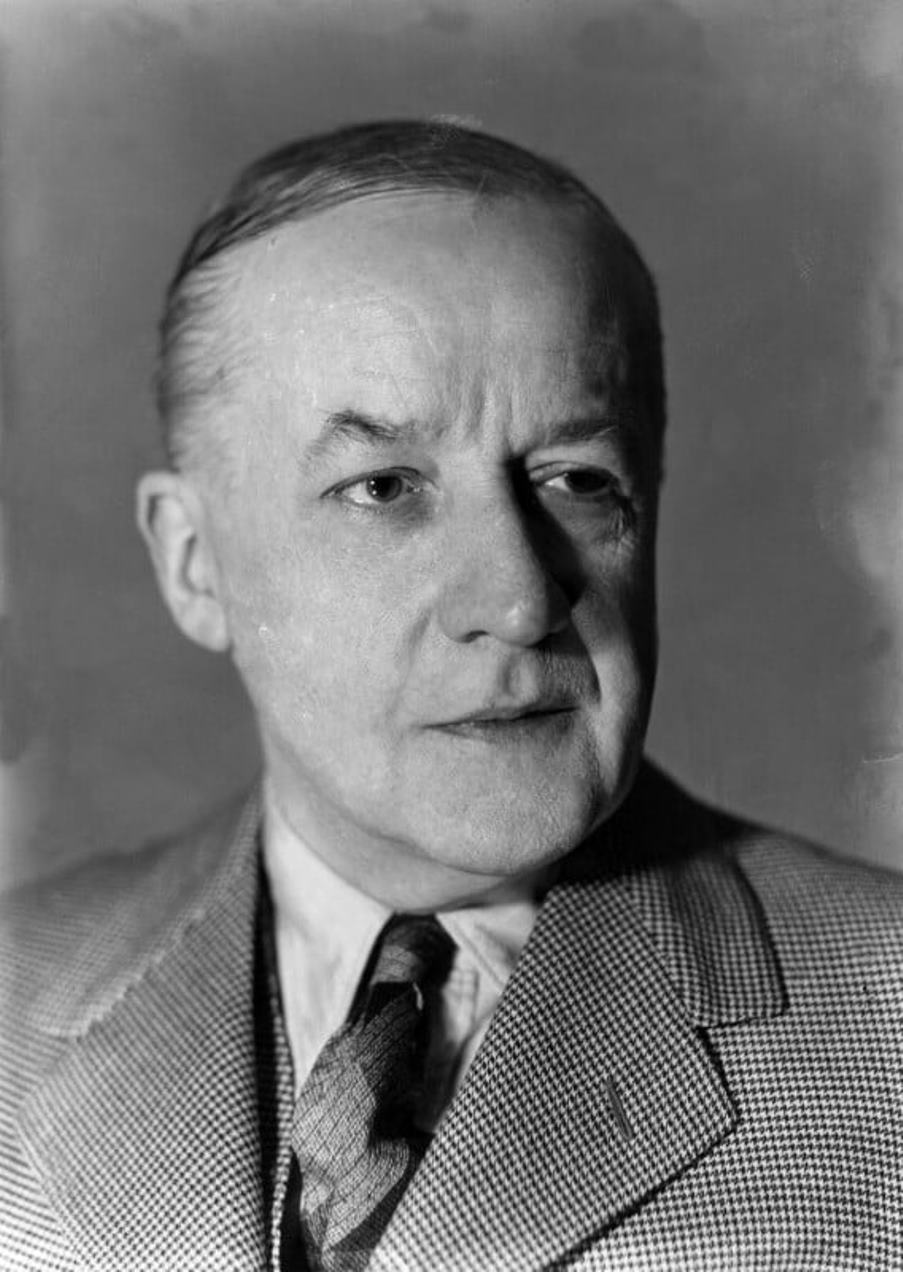grafik, aquarelle und zeichnungen



Lyonel Charles Adrian Feininger was an American-German artist renowned for his unique integration of Expressionism, Cubism, and Bauhaus principles. His body of work, which spans several critical decades in modernism's development, is celebrated for its distinctive blend of architectural and nautical motifs, articulated through planar shifts and jagged lines of Cubism, with a vibrant Orphist color palette.
Lyonel Feininger's journey as an artist began in earnest when he was 36, becoming a pivotal figure in various German expressionist groups and a founding member of the Bauhaus, where he led the printmaking workshop. His art, which also includes significant contributions to caricature and photography, explores the intricate relationship between humanity and industrialization, evident in his depictions of architectural and mechanized forms.
His work was subject to Nazi criticism, being labeled as "degenerate," which led to his return to the United States, where he continued to evolve his artistic style. Posthumously, Lyonel Feininger's art has been the focus of several retrospectives, and his pieces, like "Jesuits III," continue to fetch high figures at auctions, underscoring his lasting impact on the art world.
Notably, Lyonel Feininger's "Cathedral" woodcut, representing the Bauhaus's utopian vision, remains one of his most iconic works, symbolizing the integration of art and craftsmanship with its avant-garde yet traditional approach. His legacy is further carried by his sons, Andreas and T. Lux Feininger, who also made their marks in the arts.
For collectors and art and antiques experts, Feininger's work represents a fascinating intersection of various art movements and a testament to the enduring nature of expressive and innovative artistry. To stay updated on new product sales and auction events related to Lyonel Feininger, consider signing up for updates, ensuring you're informed about the latest opportunities to engage with his enduring legacy.


Edmund Lewandowski was an American pre-cisionist painter. He is known for creating murals in public buildings, and from 1942 to 1946 he made maps and camouflage for the U.S. Air Force.


Edmund Dulac is a British and French artist, book illustrator and graphic artist.
Edmund drew a lot since childhood and, after graduating as a lawyer, decided to take up art: he studied at the Toulouse Academy of Fine Arts and at the Academy of Julian. At the age of 22, he settled in London and received an order from the publisher J. M. Dent to illustrate the novel "Jane Eyre" and other works of the Brontë sisters. He then became a regular contributor to Pall Mall Magazine and joined the London Sketch Club, where he met the leading book and magazine illustrators of the day.
These acquaintances opened a wide road for the young talented artist. Dulac decorated many editions of Andersen's fairy tales, works by Shakespeare, Edgar Poe, Omar Khayyam and others with his magical pictures. Working with the famous animator Walt Disney, he participated in the development of the type of Snow White, and his most famous work is considered the image of the Princess Boudour.
Later, Dulac worked in a variety of fields, including newspaper cartoons, theatrical costumes and sets, medals, and even postage stamps, including those commemorating the coronation of King George VI (1937), the beginning of Queen Elizabeth II's reign, and the Summer Olympics (1948).
















































































